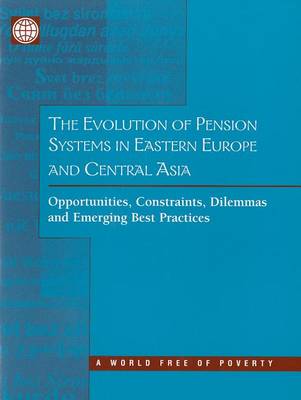Since the early 1990s the transition economy countries of Eastern Europe and Central Asia have had to adapt their pension systems in minor and often very major ways. Some of the changes relate to shrinking contribution bases and the inability of government's to finance prior commitments, while still having to protect the pensioned populations from poverty. Other changes, however, reflect the need to make pension systems more sustainable in light of forthcoming demographic changes. The reforms entail a move away from a single-pillar pay-as-you-go defined benefit systems toward multi-pillar systems that include a funded defined contribution component, and change that convert remaining pay-as-you-go components into ones that are more self sustaining and transparent. The paper describes ongoing developments, assesses the effects of current and forthcoming challenges in light of potential labor market changes, and examines choices for a new pensions system with respect to the organization, administration, guarantees, transition arrangements, participation requirements, role of the government, annuitization, and other factors. The paper concludes that though a 'one-size-fits-all' approach is clearly not appropriate, some practices emerging from the experiences in this region and elsewhere may offer useful guidance to others as they undertake deeper pension reforms.
- ISBN10 0821348078
- ISBN13 9780821348079
- Publish Date 30 August 2000
- Publish Status Active
- Out of Print 25 February 2014
- Publish Country US
- Imprint World Bank Publications
- Format Paperback
- Pages 58
- Language English
